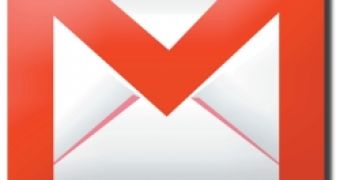Since it was launched, Gmail has been one of Google's most popular products and the webmail service is one of the top three in the world at the moment. Unless you're living in the UK, in which case Google Mail has been one of Google's most popular products to date. Despite being called Gmail elsewhere around the world, in itself an oddity for Google, which names most of its products according to their use, Google Maps, Google Books etc., the company changed the name for the UK market after a trademark dispute with a local company. Finally though, the dispute has been settled and British users will start seeing the Gmail logo and name again.
“We reached a settlement and are once again able to offer @gmail.com addresses in the UK. The product name will change in all UK inboxes within the upcoming months. This will not change users’ experience and Gmail will continue to offer the same product features as Google Mail,” Google told the Financial Times in response to the logo change spotted by a number of users.
Google had to change the name in 2005 after the British research company Independent International Investment Research (IIIR) claimed it had the trademark to the “G-mail” name. While not completely similar, the company believed that it was close enough that its customers might confuse the two. At the time Google refused to pay the amounts claimed by IIIR and proceeded to change the name and branding of the product to Google Mail. The company had to take similar measures in Germany after a court ruled against it in another trademark dispute.
Interestingly, Google actually reached an agreement with IIIR in July 2008, paying it £226,324 for the name but, for some reason, it took the company 15 months to start making the changes and even now it will take another few months for the entire rebranding process to finish. The first change noticed by UK users is the new Gmail logo, with others coming shortly, but they are already able to get @gmail.com email addresses.

 14 DAY TRIAL //
14 DAY TRIAL //